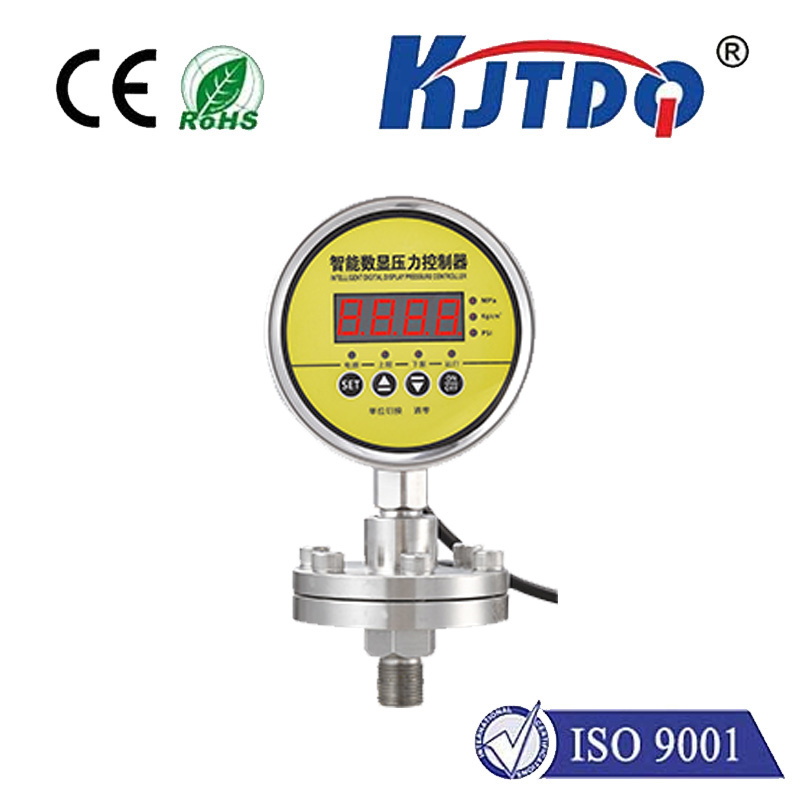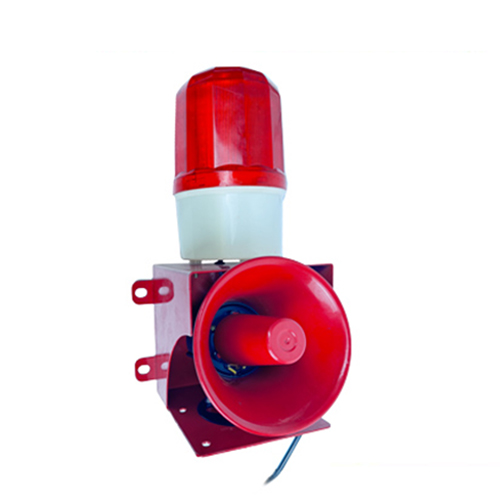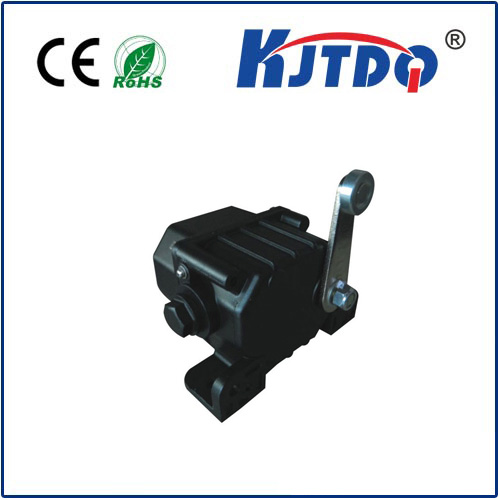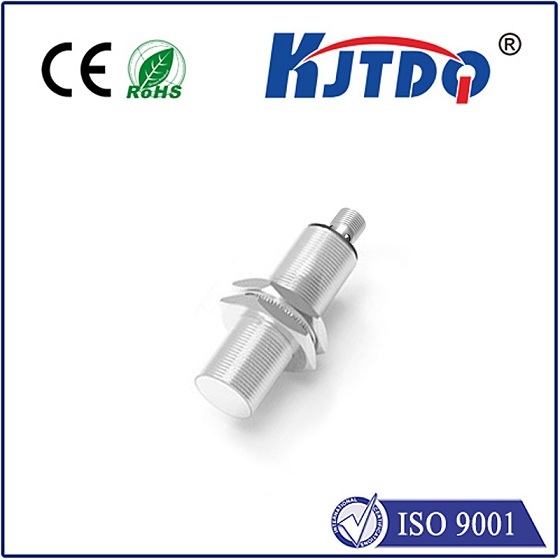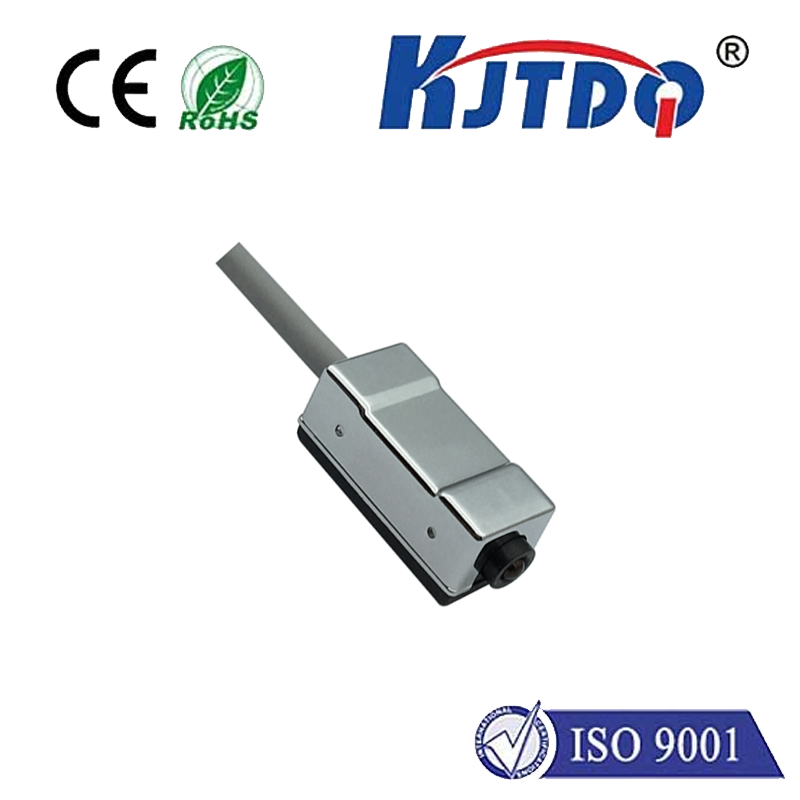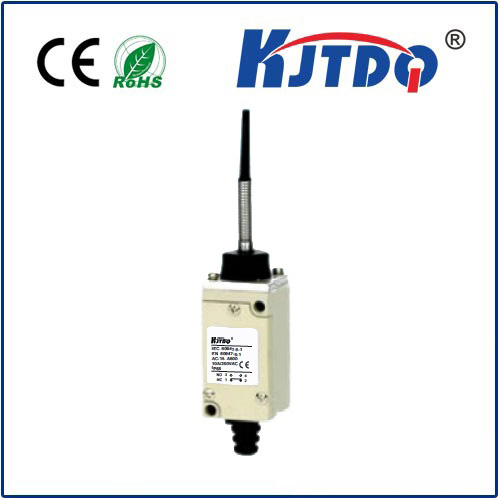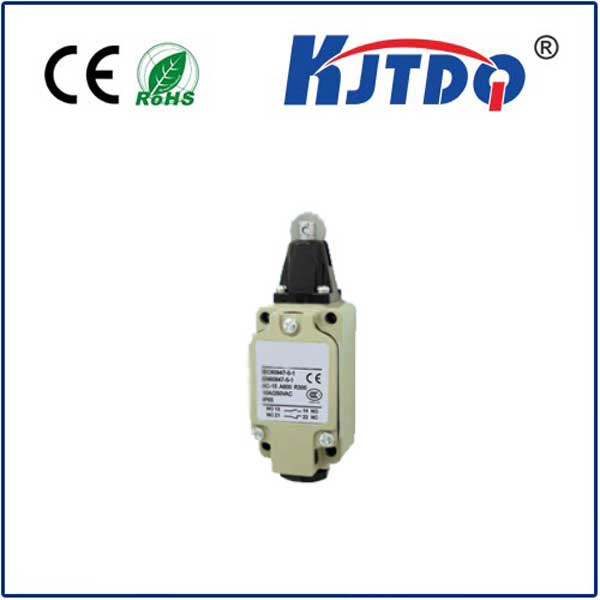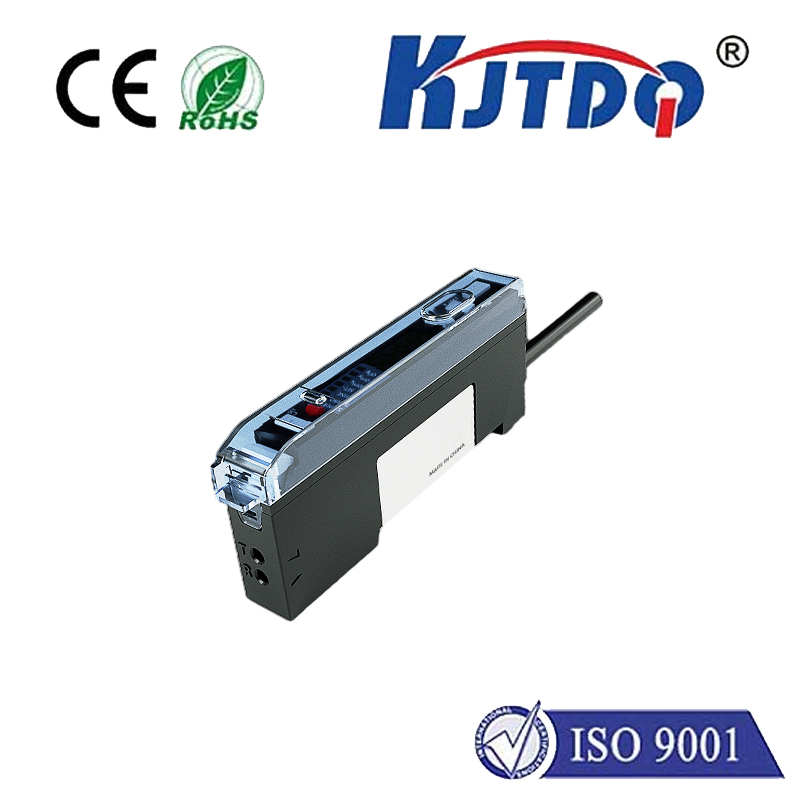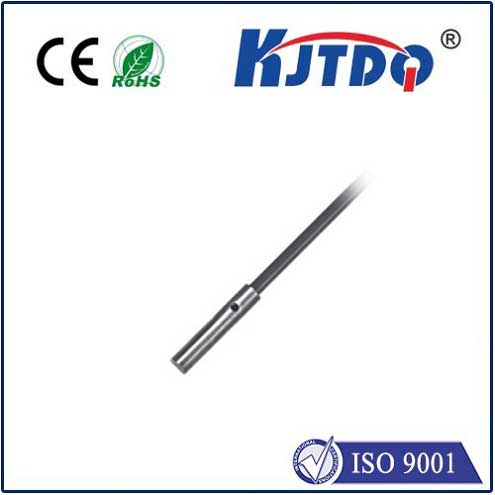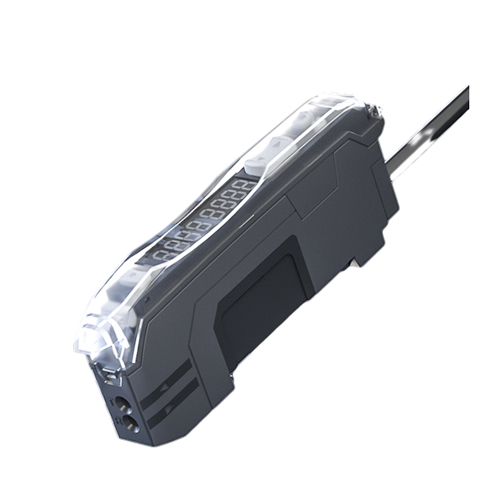

check

check

check

check

check

check

check

check

check

check
Title: The Power of Wireless Distance Sensors in Modern Technology
In the ever-evolving world of technology, wireless distance sensors have emerged as a powerful tool that is transforming various industries. These sensors are designed to detect and measure distances without the need for physical contact, making them highly versatile and adaptable to a wide range of applications. From automotive and robotics to healthcare and security, the capabilities of wireless distance sensors are truly remarkable.
One of the most significant advantages of wireless distance sensors is their ability to provide accurate measurements without being physically connected to the object being monitored. This eliminates the need for cumbersome wiring systems and allows for greater flexibility in terms of installation and use. Additionally, these sensors can be easily integrated into existing systems, making them an ideal solution for retrofitting or upgrading existing infrastructure.

Wireless distance sensors operate on the principle of electromagnetic waves, which are transmitted and received by the sensor to determine the distance between it and the target object. This method of measurement is highly precise and reliable, ensuring that users receive accurate data every time. Furthermore, many modern wireless distance sensors incorporate advanced features such as temperature compensation and automatic calibration, further enhancing their accuracy and reliability.
The applications of wireless distance sensors are vast and varied. In the automotive industry, they are used to monitor vehicle speed and proximity to other vehicles, helping to improve safety on the roads. In the field of robotics, wireless distance sensors enable robots to navigate their environment and avoid obstacles, making them more efficient and effective in their tasks. In the healthcare sector, these sensors can be used to monitor patient vital signs and movements, providing valuable insights into their condition and aiding in diagnosis and treatment planning.
Security is another area where wireless distance sensors play a crucial role. They can be used to detect intruders or unauthorized access to secure areas, alerting security personnel to potential threats. In industrial settings, these sensors can be used to monitor equipment and machinery for maintenance purposes, helping to prevent breakdowns and extend the lifespan of expensive equipment.
Wireless distance sensors also offer significant benefits in terms of energy efficiency. Since they do not require any physical connections or power sources, they consume minimal energy and reduce overall costs associated with traditional wired systems. This makes them an attractive option for businesses looking to reduce their carbon footprint and operate more sustainably.
In conclusion, wireless distance sensors represent a powerful tool that is transforming various industries by providing accurate, reliable, and flexible measurements without the need for physical contact. With their ability to enhance safety, improve efficiency, and reduce costs associated with traditional wired systems, it is clear that wireless distance sensors will continue to play a vital role in shaping the future of technology.
